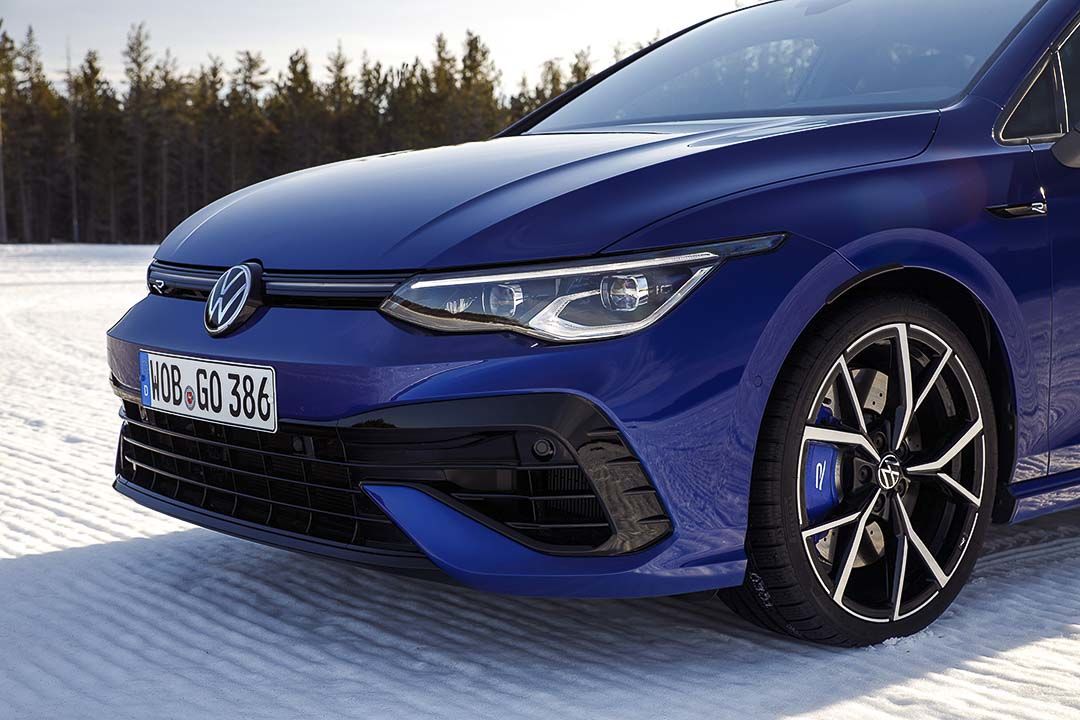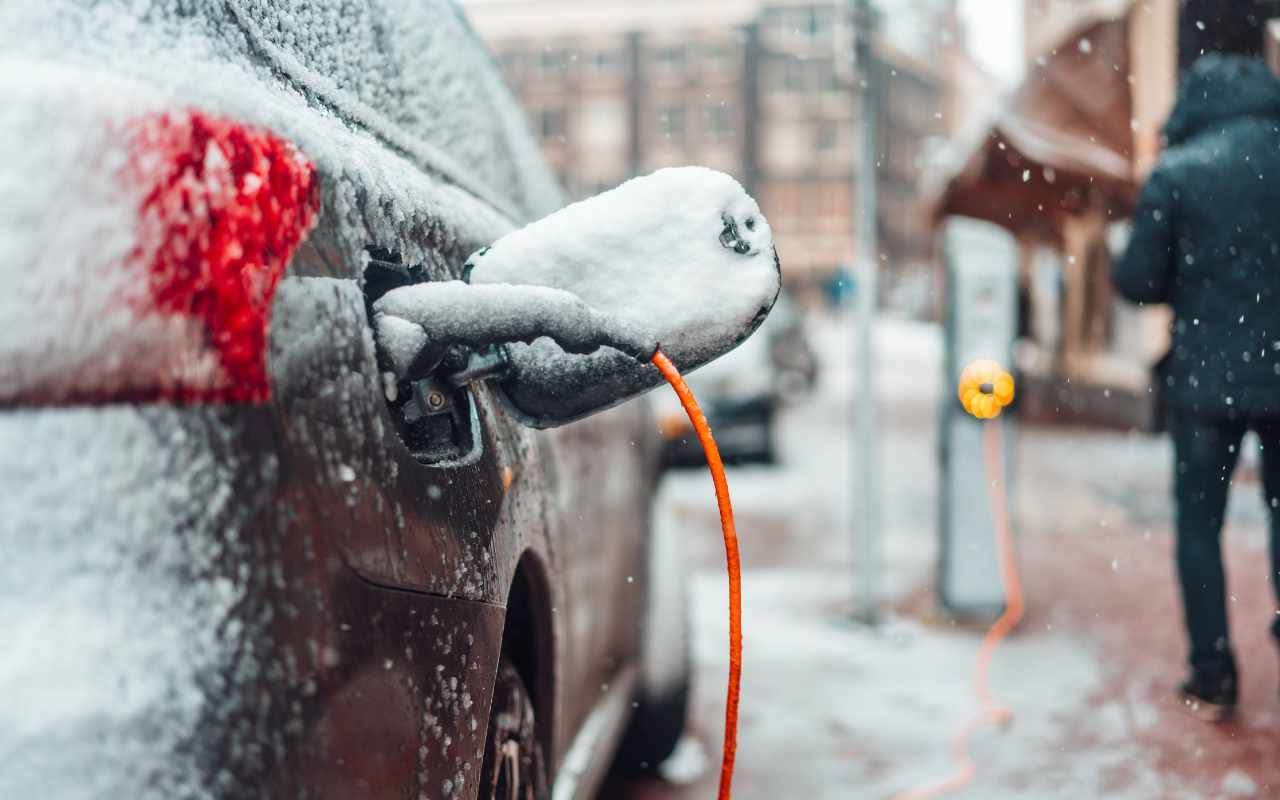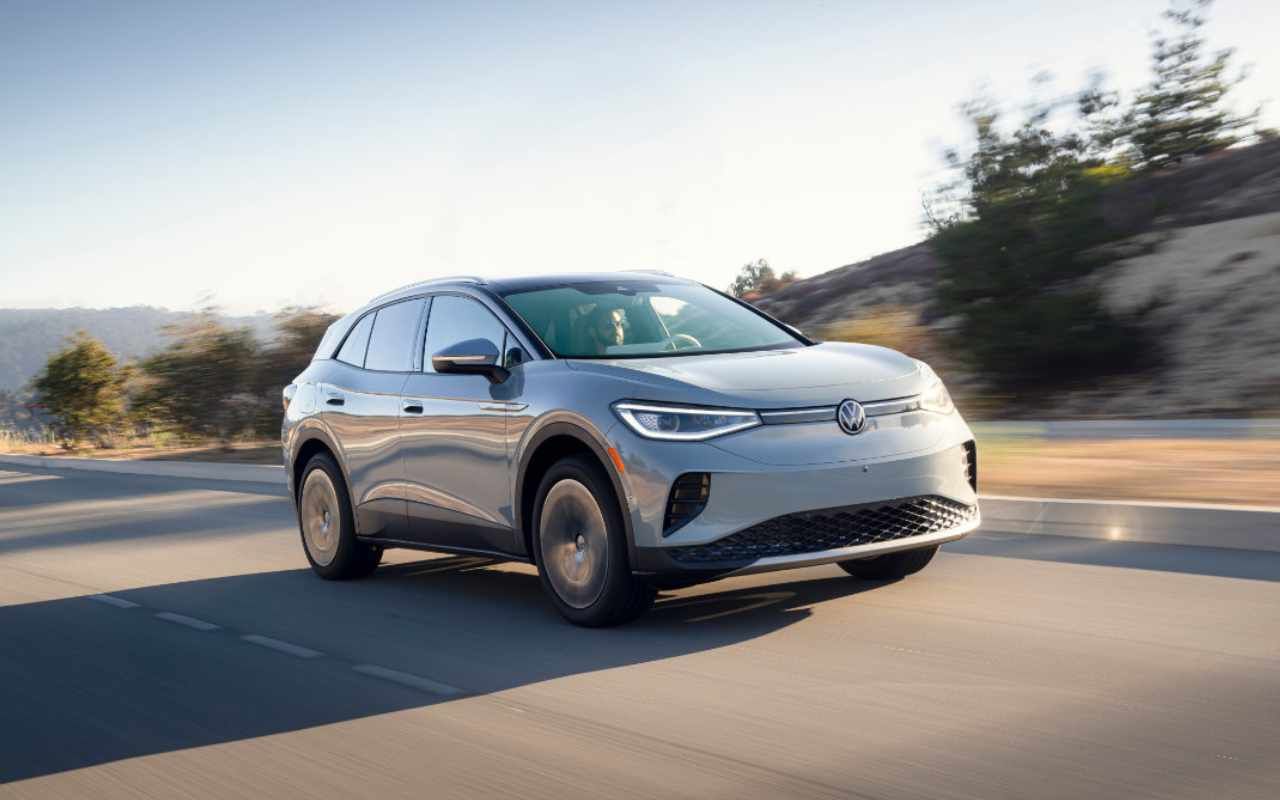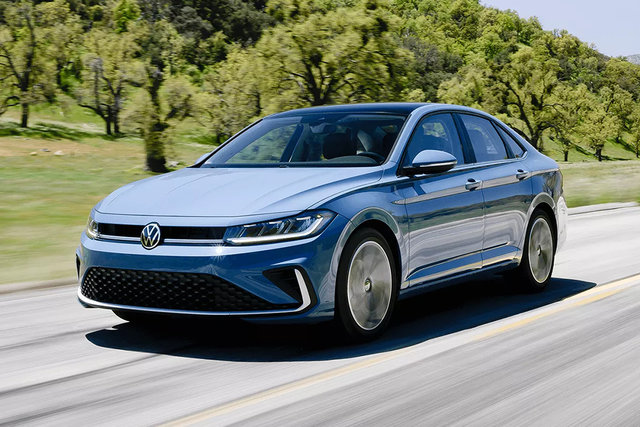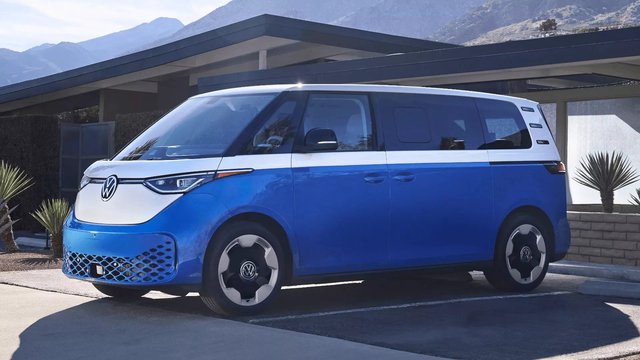Electric vehicles are more popular in Quebec than ever before, although some consumers are still doubtful. Amongst the strongest hesitations, an electric car’s behaviour in winter is certainly at the top of the list. It brings up several questions and concerns.
Your dealership demystifies it all and explains how electric vehicles work during the winter, while also providing you with precious advice.
Maintenance of your electric vehicle during the winter
Reducing the maintenance fees is definitely one of the main advantages of owning an electric car, and with reason! However, less maintenance does not mean no maintenance. Don’t be fooled!
In fact, like for any vehicle, it is important maintain your electric car before the beginning of winter. Amongst the things to watch out for or do maintenance on, you will have:
- The direction
- The suspension
- The brakes
- The body
Applying a rustproofing treatment is just as recommended as for any other vehicle, and winter tires remain mandatory. You should know that most brands will honor the warranty even once you have applied a rustproofing treatment, except for Tesla, Kia and BMW.
Book an appointment today with your dealership for maintenance on your electric car: trust in our team of professionals!
What kind of change can you expect on your electric car’s range in the winter?
Despite all of the advantages offered by this type of vehicle, the electric range offered during the winter is generally the greatest disadvantage of owning an electric car. In fact, during the cold season, you can expect a more or less significant reduction of the autonomy.
This decrease will depend on the temperature and the model. For example, a typical winter day of -15 °C could bring a reduction of 25 % in your electric range, while a temperature of -25 °C could bring that further down to 45 % of your full autonomy. Take into account actual temperature, not wind chill.
You should also take note that many manufacturers rely on technologies that help optimize the car’s electric range in the winter. This is the case for the ID.4 for example, which uses a heat-pump. We will come back to the winter performance offered by this SUV.
So, when you are shopping for an all-new electric vehicle, you should consider a maximum electric range that is double what you actually need. In reality, it is rare that the autonomy is reduced by more than 50 %. This means that should you require a daily 100 km of electric range, then a 200 km range should do the trick. Go ahead and crunch the numbers!
Today, most electric vehicles offer an autonomy that is more than sufficient for the average consumer’s needs, and often even for those who have longer commutes.
How to start your car during extreme colds?
Starting a fuel engine car in the winter can be a real nightmare, especially because of several mechanical parts and the liquids that come in contact with them.
These disadvantages do not apply to electric cars in the winter! In fact, the battery’s capacity to start is not affected by the cold, nor do you have to wait for it to warm up.
An electric car’s battery: behold winter!
The battery will start without a problem, as long as it is charged. However, the main disadvantage of an electric car during winter is that the battery will lose a greater amount of power!
This is something that can have a significant impact on your car’s range, which means that the real concern is not how to start your car when the temperature drops, but how to maintain your electric range. You can do this by adopting a few helpful strategies. Preheating your car by charging it is the most often used, as it helps limit energy loss related to heating.
What are the consequences of leaving your electric vehicle outside overnight?
In a perfect world, everyone would have access to a heated garage, keeping your battery warm during the night. In real life, not everyone is that lucky, which means that electric car owners have to be mindful during winter.
During extreme colds, your electric car’s autonomy will be significantly impacted if it stays outside overnight. You must also remember that frozen batteries take longer to charge and lose in efficiency. So, during the winter, it is a good idea to leave your car plugged in every night, even if you seem to have enough electric range left. This way, you will keep your battery warm and help preserve its autonomy!
By doing so, you won’t be unpleasantly surprised to see your electric range reduced by half the next morning, as colder temperatures of under -25 °C can cause this.
How to heat your electric car during winter?
You will have guessed it: heating is the first culprit when it comes to drastically reducing your electric range. So, knowing how to use heating properly in an electric car is the key to maximising capacities.
In order to do so, preheating will be your best ally. This function is extremely useful when temperatures drop. It can also be controlled with a timer or an application, depending on model. You must first ensure that your vehicle is plugged, so that the battery charge will not drop.
During extreme colds, it is smart to plan a good 60 min ahead. Your electric car will warm up enough for the interior to become comfortable. Then, your battery will only have to maintain the temperature. Moderation is key, and it is best to rely on the heated seats rather than interior heating, as it requires more energy.
Moreover, you should also drive with moderation as well, meaning that accelerations should be more tempered, even though this is usually something people love about their electric cars. Keep your itch for speed for the spring, when your electric range is no longer compromised!
How does an electric vehicle act in the snow?
The way a vehicle reacts on the roads obviously depends on the make and model. However, it is important to say that the battery’s weight actually works in its favor, generally helping improve the traction between an electric vehicle and winter roads.
Moreover, just like with fuel models, you can also find different drivetrains, including rear-wheel drive, front-wheel drive and all-wheel drive. It all depends on where the motors are! All-wheel drive is ensured when there are at least two electric motors on board, one at the front and one at the rear, for optimal control of the four wheels.
And generally speaking, these models are also more powerful! However, an all-wheel drive drivetrain will also require more battery energy, which often translates into an electric range that can be slightly lower.
During winter, electric cars can prove to be just as agile as fuel cars, and even more so. Another aspect to consider is that the bottom of an electric vehicle is completely flat! This can seem unimportant, but this smooth surface glides over the snow, helping you get out of a snowbank more easily, for example.
What tires should you get for your EV?
When you are shopping for winter tires for an electric vehicle, you should pay attention to some important factors.
Firstly, electric vehicles are generally heavier and have a higher maximum torque. This means you must make sure that you are selecting tires that can withstand the weight and offer good durability. Some models like the new Michelin Defender have been specially designed with this in mind.
Another important aspect to consider when choosing your tires is the rolling resistance. A low rolling resistance will allow a fuel car greater fuel efficiency, and when you own an electric car, it will allow you to limit autonomy loss.
You may also be looking for a quieter tire model so as not to ruin the quiet experience of your electric car! If that is the case, you should look for brands that offer noise reduction features.
Amongst the performant and durable choices for electric cars, you will find, amongst others:
- The Nokian Hakkapeliitta 10
- The Bridgestone Blizzak WS90
- The Pirelli Winter Ice Zero
- The Michelin X-Ice Snow
- The Toyo Observe GSi6
- And many more!
Do not hesitate to ask your dealership for advice when it comes to the perfect set of winter tires for your electric car.
2023 ID.4: How does it react in the winter?
The all-new model in the Volkswagen family has everyone talking in a positive way. The VW ID.4’s performances in the winter is definitely part of this new electric SUV’s strengths, which is also available with rear-wheel drive or all-wheel drive. As for the latter, Mathieu St-Pierre mentioned in L’Annuel de l’automobile 2023 that “this version is definitely at ease in winter driving conditions.”
The presence of an optional heat-pump is also a crucial factor for those who fear losing too much autonomy. In fact, it will allow you to warm up your vehicle without draining the battery.
Moreover, the vehicle’s electric range is in the higher average for its category. Depending on selected model and battery, it can reach up to:
- 336 km (62 kWh battery)
- 410 km (82 kWh battery and all-wheel drive)
- 443 km (82 kWh battery and rear-wheel drive)
So, although the electric range could drop a little during winter, the ID.4 remains an excellent choice. The heated windshield and steering wheel are part of the standard offered equipment and can be activated during pre-heating for an even more comfortable winter experience.
On top of the performance it offers, the ID.4 is also a comfortable vehicle for its passengers, offering generous amounts of space for a compact utility vehicle. In short, here are specs of the 2023 VW ID.4:
| Features |
ID.4 Standard |
ID.4 Pro RWD |
ID.4 Pro AWD |
| Battery |
62 kWh |
82 kWh |
82 kWh |
| Power/Torque |
201 horsepower/ 229 lb-ft. |
201 horsepower/ 229 lb-ft. |
295 horsepower/ 339 lb-ft. |
| Autonomy |
336 km |
443 km |
410 km |
| Cargo Space |
858 to 1,818 liters |
| Towing Capacity |
N/A |
2,200 lb |
2,700 lb |
Order your next electric vehicle with VW Lauzon Balinville, a few kilometers away from Mirabel. Do you have questions regarding electric vehicles? Do not hesitate to ask our professionals for help!







